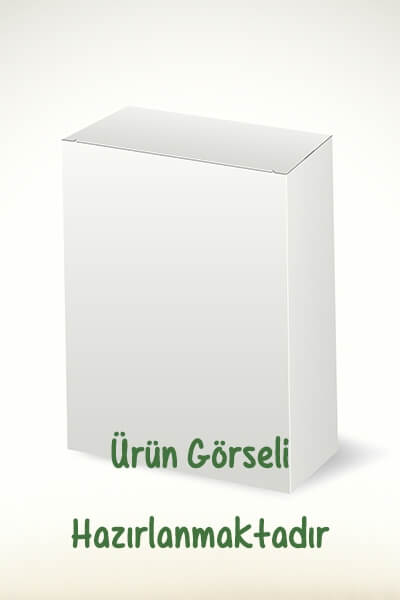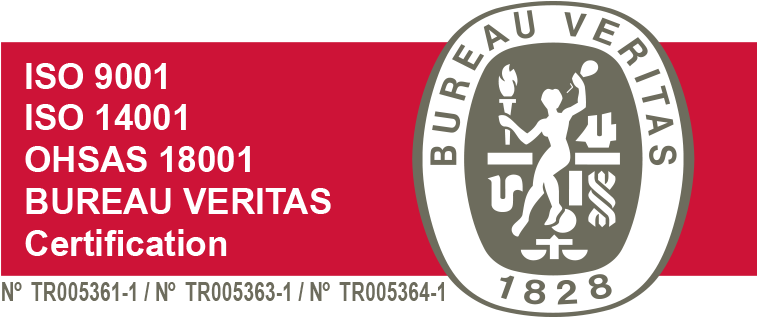Product Certificate and Label
| Name of Product | : | KAFKA |
| Active Substance | : | % 80 Sulphur |
| Formulation Type | : | Water Dispersible Granule (WG) |
| Feature | : | Fungicide and acaricide |
| Group | : | M2 - FUNGICIDE |
| Environmental Effect | : |
Toxic for fish and bees. Do not mix with ground and surface water. Dispose the empty packages as chemical waste. Do not use on flowering period. |
| Antidote | : | There is no specific antidote. Treatment is administered according to the symptoms. |
MARKET PRESENTATION: 800 g, 1 kg
PREPARATION OF THE PLANT PROTECTION PRODUCT TO BE APPLIED
First, the Plant Protection Product scaled on recommendation dose is mixed with a small amount of clean water in a separate container. The application machine tank is filled halfway with water. The mix is added to the tank while the mixer is running. Mixing is continued while the tank is completed with water. Mixing is continued until the application is completed. Use the prepared plant protection product the same day.
CALIBRATION
Calibration of the machine should be done before application. The amount of mixture should be calibrated for a good covering. Application should be performed during the cool period of the day in windless or less windy weather conditions.
CLEANING OF APPLICATION MACHINE
Safely empty the storage of the application machine immediately after the application is completed. After filling the tank with clean water, start the mixer and spray system to ensure that all parts are washed. Do not wash near water sources. Do not drain washing water and waste into water sources.
USE OF PRODUCT
Vineyard Powdery Mildew : 1. Application: when the twigs are 25-30 cm before flowering, 2. Application: At the time when the flower buds are separated before flowering, 3. Application: When the flower petals fall off and the groves are in the size of small pellets, 4. And other applications: 3. According to the effect time of the drug used after the application, it is applied until the period of bens which fall into the grains.
Vineyard Mange : Since the medicine used against vineyard powdery mildew also controls this pest, no special application is required against vineyard leaf scabies..
Apple Powdery Mildew : 1. Application: During the pink flower bud period, 2. Application: When 60-70% of the flower petals fall off, 3. and other Applications: As long as the favorable conditions for the disease continue, the applications are continued considering the effect time of the drug used.
Peach Powdery Mildew : 1. Application: It should be determined according to the intensity of the morbidity in previous years. If the morbidity occurs for the first time in the garden, the application is started as soon as the symptoms are seen. If the morbidity has been seen in previous years, if the diseased twig rate in the trees reaches 1/3 in the controls to be made after pruning, the first application should be made before the symptoms are seen. 2. and other applications: The application is continued by taking into account the development of the plant and the effect period of the preparation used.
Rose Powdery Mildew : The first application should be made when the formation of leaves and buds begins. The application should be done in the cool of the morning, in windless and rainless weather, and the entire surface of the plant should be covered. Applications can be repeated depending on the duration of the drug used and the course of the morbidity.
Begonia Powdery Mildew : Applications are started when the first symptoms are seen on the leaves, and the application is repeated with an interval of one week.
Cucumber(cropland) Powdery Mildew in Citrus : The application is started when the first signs of morbidity are seen. Depending on the severity of the disease, climatic conditions and the duration of the drug's effectiveness, the application should be continued. The application should be suspended when the daily temperature average is above 27 ˚C and the proportional humidity is below 50%.
Onion Downey Mildew : If the daily average temperature reaches 16 ˚C and the proportional humidity reaches 80%, if it is necessary to start the struggle, the applications can be started with the detection of the first signs of disease in the environment.
Chicpea Anthracnose : Although it is necessary to start the application when the average daily temperature is 10 ˚C and the proportional humidity is at least 80%, it should be practically started with the first signs of the morbidity in the region. The application is continued considering the severity of the morbidity, climatic conditions and the duration of the drug's effectiveness. If there has been heavy rain on the day of the application, the application should be repeated.
Bean Rust : The application should be started after the appearance of rust pustules on the leaves of bean plants in the environment and the application should be continued considering the severity of the morbidity, climatic conditions and the duration of the drug's effectiveness. In dried beans, there is no need for application as it does not cause economic product losses when the morbidity occurs during the ripening period of the capsules.
Citrus Red Spider Mite : The application should be started in the period before the new flowering, before the pest moves to the fresh twigs. If this period has passed, the application can be made 1 week after the fruit is tied. The inside and outside of the trees, the lower and upper surfaces of the leaves should be thoroughly sprayed. It should not be applied in the early morning hours due to the hottest day and the dew on the leaves.
Citrus Bud Mite : In gardens known to be infested with pests, the application is made at the end of March and beginning of April, when the twigs are 8-10 cm in spring according to the climatic conditions, when the transition from the old buds to the new buds is highest. Re-application is repeated 20-25 days after the first application.
RESISTANCE MANAGEMENT
The plant protection product named KAFKA is a fungicide classified as Group M2 according to its mechanism of action. Repeated applications of plant protection products with the same mechanism of action encourage the development of resistance. For this reason, in order to delay the development of resistance, do not exceed the total number of recommended applications of KAFKA in the same season. In cases where the application needs to be repeated, pay attention to the use of plant protection products with different mechanism of action (except group M2).
MISCIBILITY
It does not mix with summer and winter oils. If it is to be mixed with other pesticides, it is recommended to perform a premix test at the farmer's own responsibility and ability before mixing. The mixture should be used as soon as possible after preparation..
| PLANTS AND HARMFUL ORGANISMS WITH WHICH IT IS USED | |||
| Plant Name | Name of Harmful Organisms | Usage Doses | Period Between The Last Application and The Harvest |
| *Vineyard | Vineyard Powdery Mildew (Erysiphe necator) Vineyard Mange (Eriophyes vitis) |
400 g/100 L water | 7 days |
| Apple | Powdery Mildew (Podosphaera leucotricha) |
400 g/100 L water | 7 days |
| Peach | Powdery Mildew (Podosphaera leucotricha) |
400 g/100 L water | 7 days |
| Rose | Powdery Mildew (Sphaerotheca pannosa var. rosae) |
400 g/100 L water | -- |
| Begonia | Powdery Mildew (Microsphaera begoniae) |
300-350 g/100 L water | -- |
| Chickpea | Anthracnose (Ascochyta rabiei) |
300 g/100 L water | 7 days |
| Onion | Onion Downey Mildew (Peronospora destructor) |
300 g/100 L water | 7 days |
| Bean | Bean rust (Uromyces appendiculatus) |
300 g/100 L water | 7 days |
| Cucumber (Cropland) | Powdery Mildew in Cucurbit (Erysiphe cichoracearum) |
400 g/100 L water (200 g/da) (used with 50 litre water) |
7 days |
| **Citrus | Citrus red spider mite (Panonychus citri) Citrus bud mite (Aceria sheldoni) |
600 g/100 L water | 7 days |
*It is not used in vineyard areas where leaves for consumption will be harvested
**There should be a period of one month between sulfuric drugs and summer oils.




